On December 2nd, 1942, GKO decree #2559ss «On organization of production of self propelled guns (SPGs) at the Uralmash factory and factory #38» was signed. It became the final point in the long history of Soviet medium SPGs, which started out as tank destroyers, but turned into assault guns in the spring of 1942. On GKO's orders, the U-35, designed by the UZTM design bureau, was put into production, even though it had not even entered trials yet. This kind of order is explained by the desperate need for these kind of vehicles in the Red Army. Interestingly, instead of Sverdlovsk, Mytishi could have become the center for medium SPG development. SG-2, SG-122M and other medium self-propelled artillery mounts designed at factory #592 were, at the very least, no worse than those designed in Sverdlovsk.
From the «Artshturm» to a domestic chassis
In the spring of 1942, NKV factory #592, organized at the Mytishi Machinebuilding Factory, was at the front of the pack when it came to Soviet SPG development. While Sverdlovsk tried to polish the tank destroyer on a T-34 chassis armed with an 85 mm gun, Mytishi was working on and SPG on the chassis of a captured StuG III. This was not done on personal initiative, but on orders from the Artillery Committee of the Main Artillery Directorate of the Red Army (GAU KA). Designed under the supervision of E.V. Sinilshikov and S.G. Pererushev, the 122-SG SPG project armed the German SPG with a Soviet made 122 mm M-30 howitzer. On April 6th, the project was examined by the Artillery Committee, and approved.
By that time, it was clear that the U-20, the long-suffering tank destroyer project on a T-34 chassis, does not meet modern requirements. At a plenum held by the Artillery Committee on April 14th, 1942, the U-20 was finally buried. Instead, the «howitzer SPG for combat against enemy dugouts and personnel concentrations» was chosen. Instead of creating a turreted SPG, the GAU decided to follow the German development path.
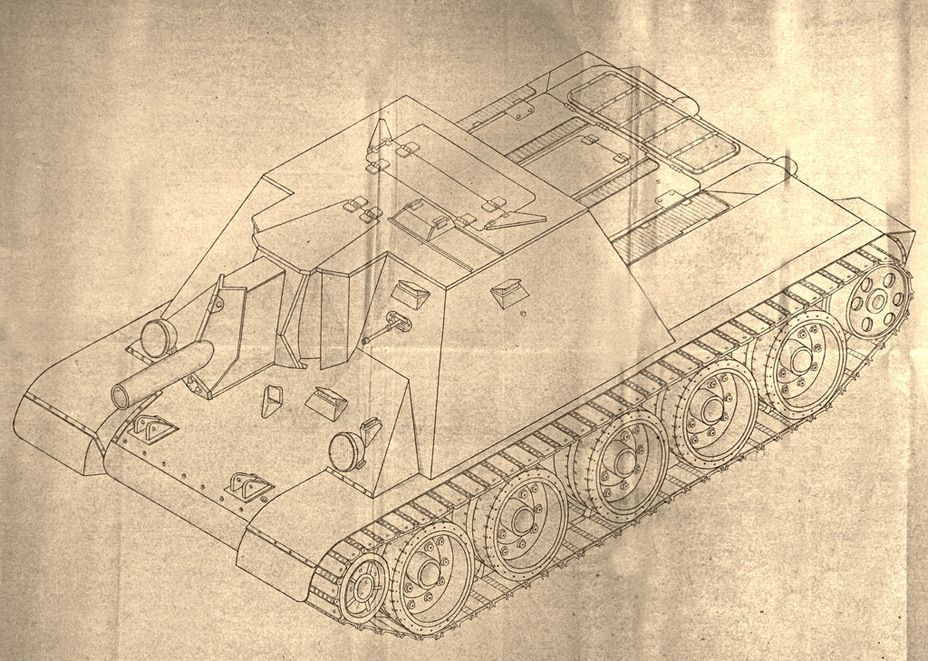
Even though the SG-122 project had a red light, the GAU viewed the use of a German chassis as a temporary measure. The StuG III chassis was the bottleneck in the production process: the SG-122 completely depended on the number of captured tanks at repair bases. It's not surprising that a decision was made at the April 14th plenum to develop an analogous SPG on the T-34 chassis. Two factories were selected as developers: factory #8 and factory #183. The first would design the SPG and supply M-30 systems, the second would build the SPG.
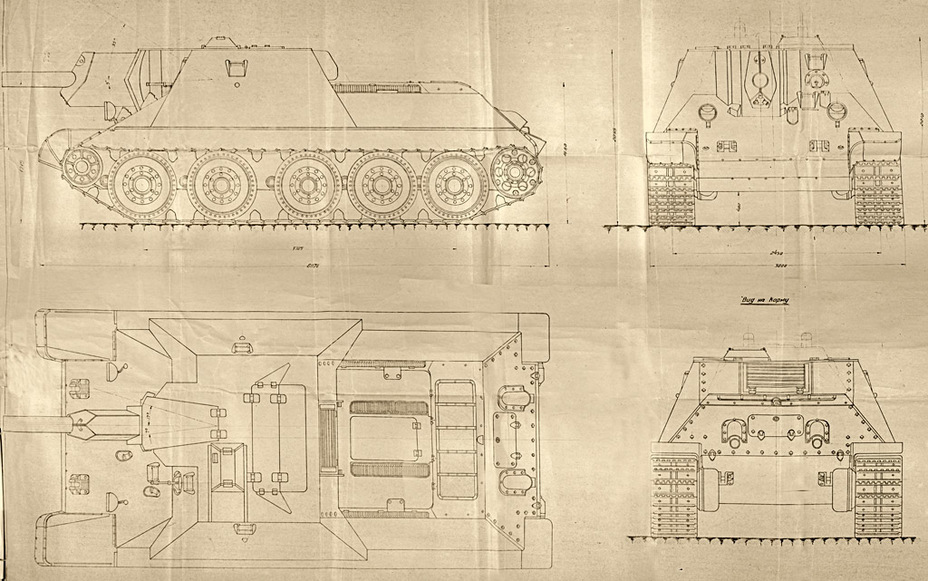
Factory #592 was not even mentioned at the plenum. No one uttered a word about ending work on the SG-122. In addition, in late April, the GAU instructed factory #592 director D.F. Pankratov to design a «122 mm self propelled howitzer on the T-34 chassis». The appearance of factory #592 among the developers of T-34 SPGs was no coincidence. It wasn't said explicitly, but a second developer was insurance in case work at factory #8 hit a dead end again. In addition, Mytishi was designing an SPG with the M-3- gun anyway. It was logical to use that experience to design an SPG on the T-34 chassis.
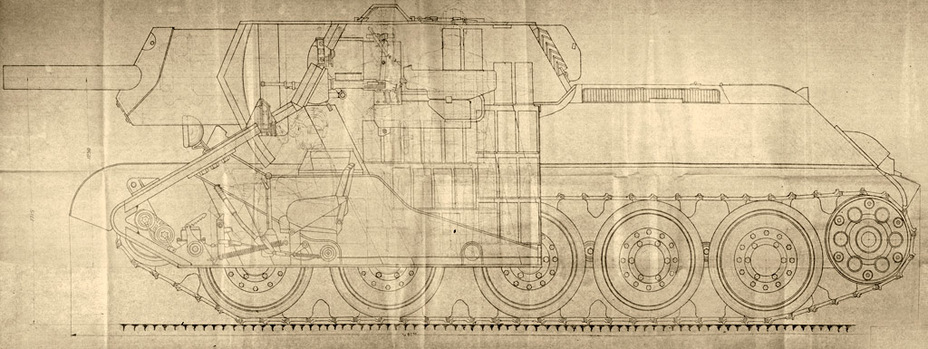
Work on the design, internally indexed SG-122M, progressed slowly. The numbers of the factory #592 design bureau were increased to speed things up, but the SG-122 was only ready by the middle of June of 1942. By then, there was an alternative to the M-30, directly connected with UZTM and factory #8. In November-December of 1941, they developed the U-11 122 mm tank gun as a weapon for the KV-1 heavy tank.
Despite some theories, it was not designed to boost the firepower of the KV-1, but to resolve the issue of shortages. The 122 mm M-30 howitzer was used for a simple reason: it was the only gun produced at UZTM. Based on this howitzer, a tank gun was designed and tested in a modified KV-1 turret. The resulting KV-9 tank passed trials, and was about to enter production. Factory #8 received an order for a pilot batch of 10 guns. Even though the project was closed at the GAU's insistence, 10 U-11 howitzers were made after all in April of 1942. The reasonable question of what to do with them came up.
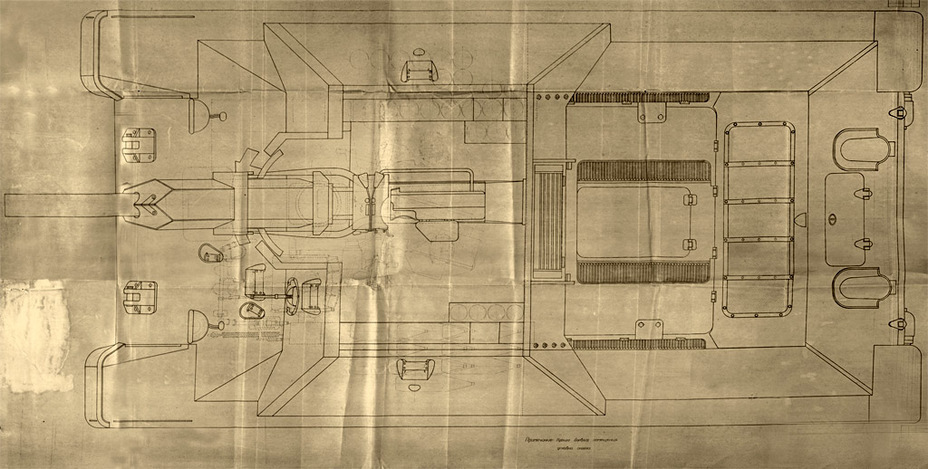
The first attempt was the development of the U-22 system, the same U-11, but for installation into a modified T-34 turret. The joint proposal by factories #8 and #183 was declined. A more reasonable idea was the inclusion of the U-11 into the prospective SPG development program. Instead of one SPG, factory #592 began working on two. The U-11 variant received the index SG-122U. There was a reason for its development: the M-30 needed a massive pedestal mount, like the one in the SG-122. The pedestal took up a lot of space, and there wasn't exactly a surplus of it in the T-34's fighting compartment. A special cupola had to be introduced for the panoramic sight. As for the U-11, it was attached to a frame, took up much less space, and the telescopic sight didn't need a cupola. There was also no need for a massive recoil system cover.
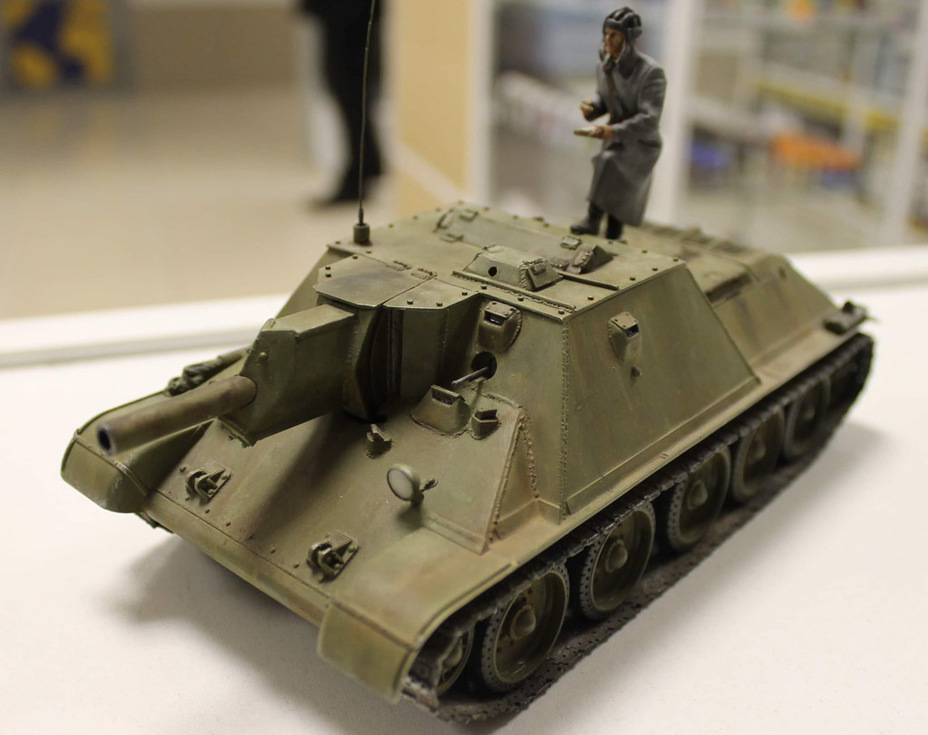
Drafts of both projects were ready by the end of June of 1942. Overall, they were very similar, excluding the armament. Another big difference was that the SG-122M had a DT machinegun, and the SG-122U had no auxiliary armament. Even though the U-11 design was better, the M-30 variant had higher priority. With all of its drawbacks, the M-30 was in mass production, and the factory didn't even have a sample of the U-11 for more detailed development. It's not surprising that the SU-122M was prioritized.
According to the draft, the turret was replaced with a prism-shaped casemate. The sides of the casemate were widened, to increase its volume. At the same time, the design aimed to minimize changes of the chassis. Unlike the ZIK-10 and ZIK-11 SPGs from Sverdlovsk, both SG-122 variants had completely enclosed fighting compartments. The crew entered and exited the vehicle through a large two-piece hatch in the roof. The issue of visibility was seriously considered, and vision ports were added in the front and sides. According to the design, the mass of the SG-122M was 28.5 tons. The gun could be aimed vertically from −3 to +35 degrees, and horizontally from 7 degrees to the left to 17 degrees to the right. The rate of fire was estimated at 10-12 RPM. The vehicle carried 40 rounds of ammunition.
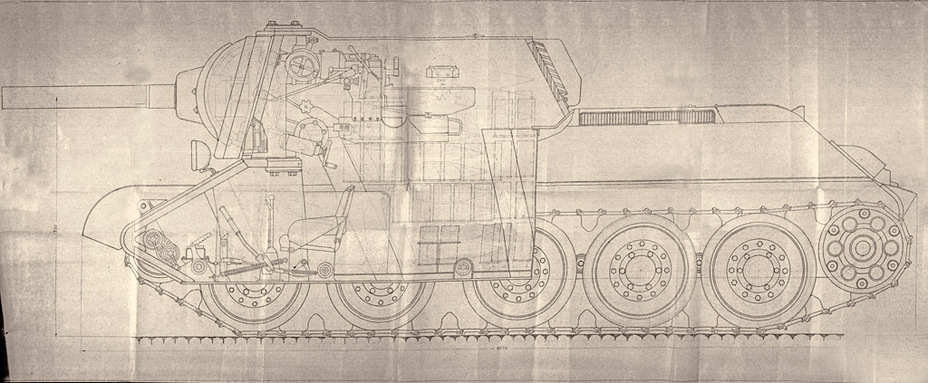
As odd as it sounds, the issue with the SG-122M and SG-122U was the chassis. By the end of July of 1942, the situation on the front line caused issues with supplies of T-34s. On July 30th, a letter arrived at the desk of the GABTU chief, Lieutenant-General Ya.N. Fedorenko, from the GAU chief, Colonel-General Yakovlev. He requested four refurbished T-34 tanks for factory #592. A response arrived on July 6th: the tanks can only be issued on orders from the government.
There was another issue with the SG-122U: the factory still had no howitzers. To solve this issue, Yakovlev wrote to the People's Commissar of Armament, D.F. Ustinov. On July 6th, Ustinov gave the order to issue the U-11 howitzers.
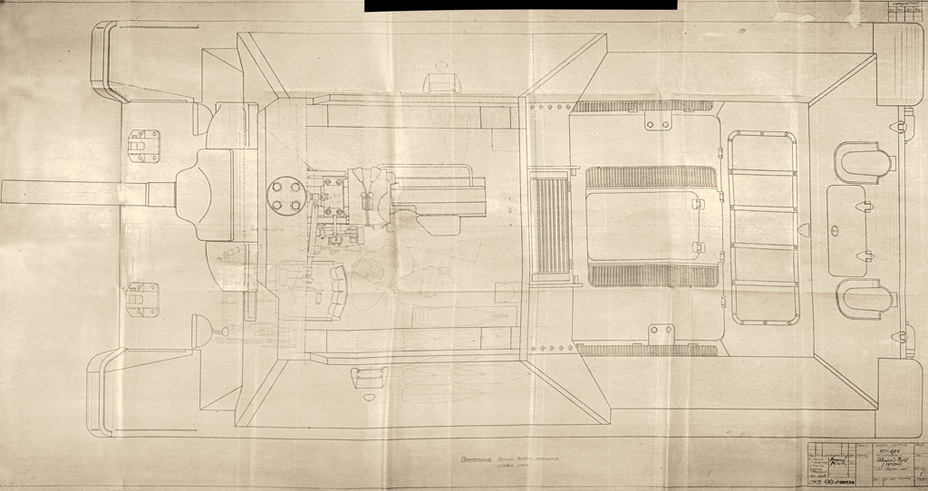
The situation with refurbished tanks that prototypes of the SG-122M and SG-122U would be built on was different. There was no progress on this issue over the course of a month and a half. Without an answer from Fedorenko, Yakovlev wrote a letter to Molotov on August 18th, 1942, asking for two refurbished tanks. Molotov agreed on August 20th, but this did not help matters much. The factory hadn't received any tanks in August or September. Ironically, by this time, factory #592 managed to get foreign chassis, albeit with significant difficulty. In another world, the production of medium SPGs could have started in Mytishi in the fall of 1942. This situation played a critical part in the fate of the factory #592's design.
Good design, bad production base
Nobody knows how long this situation would have gone on for, if the development of SPGs wasn't accelerated in the first half of October. This was largely caused by the delays with the development of the ZIK-10 and ZIK-11. Unlike factory #592, whose work was slowed down by a lack of tanks, factory #8 had other issues. To be honest, the vehicles designed under F.F. Petrov's guidance weren't as good at the ones designed in Mytishi, but that was not the issue. The design bureau was overloaded with a wide variety of concurrent projects. There were six SPGs alone, not counting towed artillery.
The situation was serious enough to demand personal attention of the People's Commissar of Defense, Colonel-General of Artillery, N.N. Voronov. On October 16th, a meeting was held, discussing the requirements for SPGs. On the 19th, GKO decree #2429ss «On production of experimental SPGs» was published, setting tight deadlines for production of prototypes. After this, the SG-122M project finally moved forward. However, the SG-122U had already died by then. Despite the GABTU's desire to put this weapon into production, the GAU was categorically opposed.
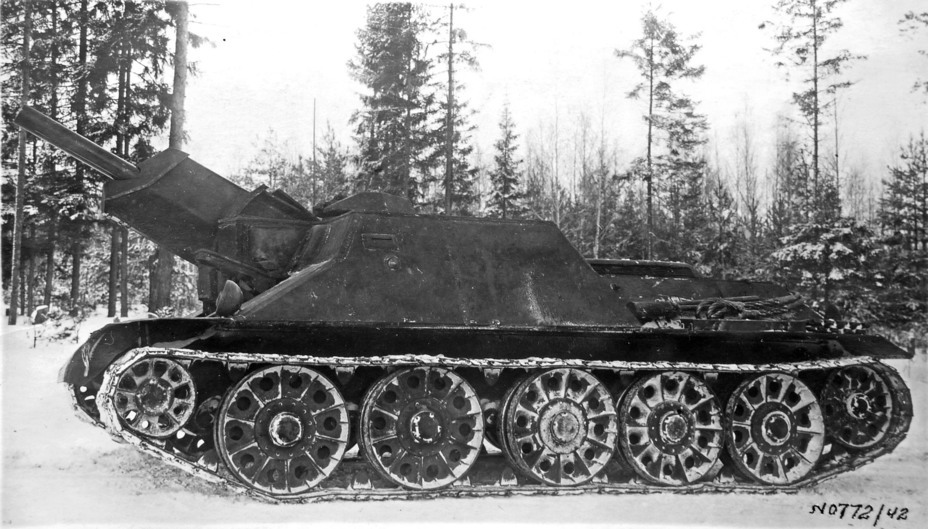
After a long delay, factory #592 finally received a refurbished T-34 tank. This was an STZ tank, which received battle damage and was hurriedly patched up at repair base #1. Later, the condition of the chassis will play a fatal role in the story of the SPG from Mytishi. According to order #541ss from the People's Commissar of Armament, issued on October 23rd, 1942, factory #592 only had a short amount of time to build its vehicle: until November 10th. For a number of reasons, the deadline was missed. As of November 21st, the gun was still being installed, and completion was not expected until November 24th. Things at UZTM were moving even more slowly. By that time, the assembly of the hull had not yet started.
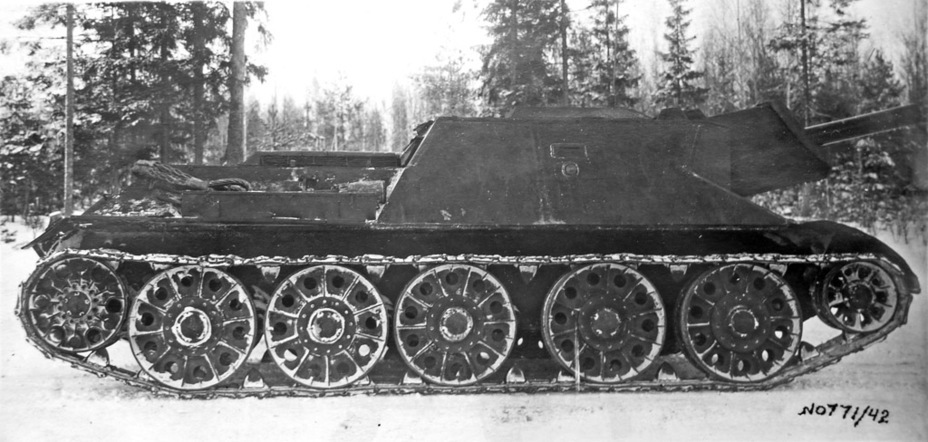
Factory #592 finished its product earlier than its competitors. As of November 28th, the experimental prototype, indexed SG-2, was completed, and was being prepared for factory trials. Overall, this SPG followed the SG-122M blueprints, but the design of the casemate was different. The draft of the SG-122 had no driver's hatch. The right of the front plate also had to be changed, to protect the oscillating part of the M-30 from the sides. The result was quite complicated, and far from aesthetically pleasing. However, that is not the main requirement for an SPG, and the U-35 didn't look much better.
The commander was placed into the bulge, with a PTK device for observation. In addition, the commander had the use of a 9-R radio set. The issue was that the commander also had to aim the gun vertically. Overall, the decision to move the commander to the front right of the fighting compartment was the correct one, since that allowed better placement of the crew and internal equipment.
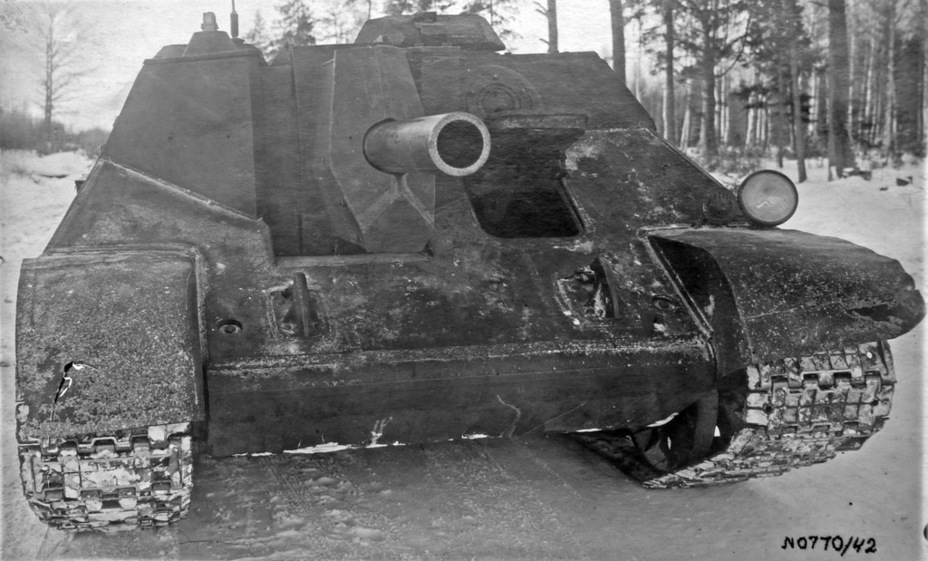
The fighting compartment and gun mount were similar to that of the SG-122. The M-30 howitzer was slightly altered, and a tray was added to ease loading. The improved layout allowed the placement of the required amount of ammunition into the hull: 40 rounds. The cupola for the periscopic sight was enlarged. The hatch design was altered. It still had two parts, but one was moved to the rear of the casemate. This made exiting the vehicle and loading ammunition easier.
Another feature of the reworked SG-122M was that its height was only 2120 mm. The howitzer was lowered into a cutout in the front plate. The front plate, as specified in the requirements, was 65-90 mm thick. To compare, the U-35 only had 45 mm of armour.
The SG-2 arrived at the Gorohovets Scientific Research Artillery Proving Grounds (ANIOP) on December 4th. Issues with the refurbished chassis arose almost immediately. The vehicle drove to the proving grounds on its own, but there were serious issues with the controls after only 5 km. The vehicle had to be towed to the proving grounds by a tractor. A group of specialists was dispatched from the nearby factory #112. Repairs went on for a week, but the issues were never completely solved. As a result, the mobility trials were never performed, and gunnery trials were reduced to 235 rounds.
All of these issues were eclipsed by another one. On December 2nd, GKO decree #2559 was published, which transferred factory #592 from the domain of the NKV to the NKTP, turning into factory #40. The reason for this was the conversion of factory #38 to production of the SU-12. Trials of the SG-2 were performed for completion's sake. Considering that UZTM was already producing T-34s, the choice of the U-35 for mass production was logical. The SPG from Sverdlovsk also had no mechanical issues.
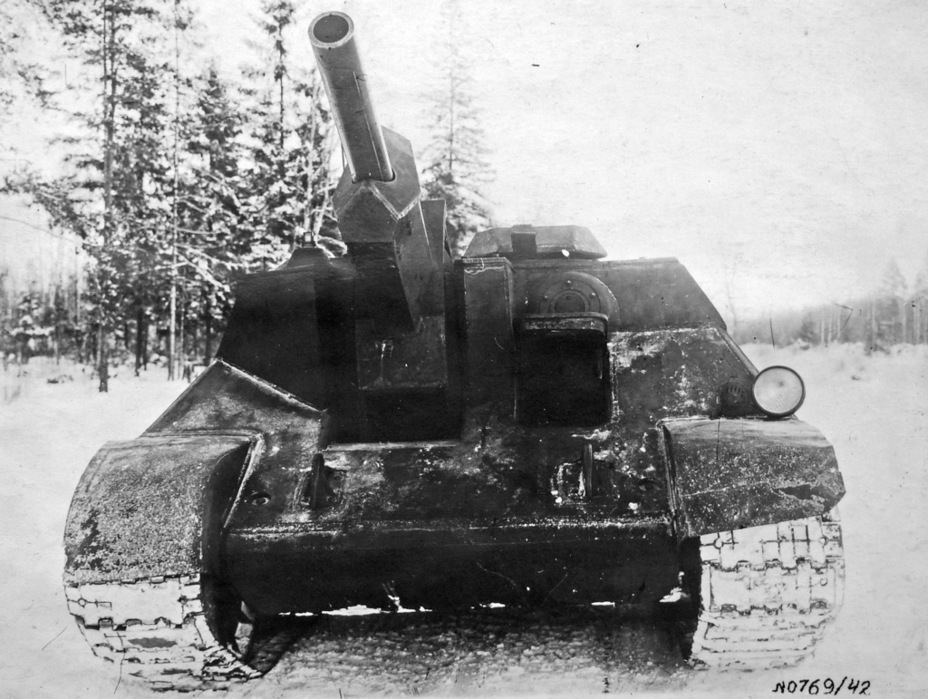
After studies of the fighting compartment and gunnery trials, a different opinion formed. The U-35's fighting compartment performed as poorly as its chassis performed well. The commission explicitly called its layout unacceptable. The fighting compartment ended up cramped, and in some places, dangerous.
The SG-2 fighting compartment left a different impression. It was considered too low (the height was to be increased by 5 cm), and the low location of the panoramic sight made it difficult to work with. The list of required improvements contained 11 items. Overall, the commission ruled in favour of the SG-2, which had undeniable advantages over the U-35. The rate of fire was better: at 7-8 RPM, it was short of the 10 RPM requirement, but it was better than 5 RPM on the U-35. In its conclusion, the commission demanded that the U-35 be improved by using the design of the SG-2.
If not the poor condition of the chassis, the SG-2 could have passed trials. The problem was that the decision to put the U-35 into production was made before trials even began. The Sverdovsk SPG could have lost to its Mytishi competitor, even if Sinilshikov would have had an issue with the chassis for his product.
Translated by Peter Samsonov. Read more interesting tank articles on his blog Tank Archives.
Sources:
- Central Archives of the Russian Ministry of Defence;
- Russian State Archive of Socio-Political History;
- Russian State Archive of Economics.






